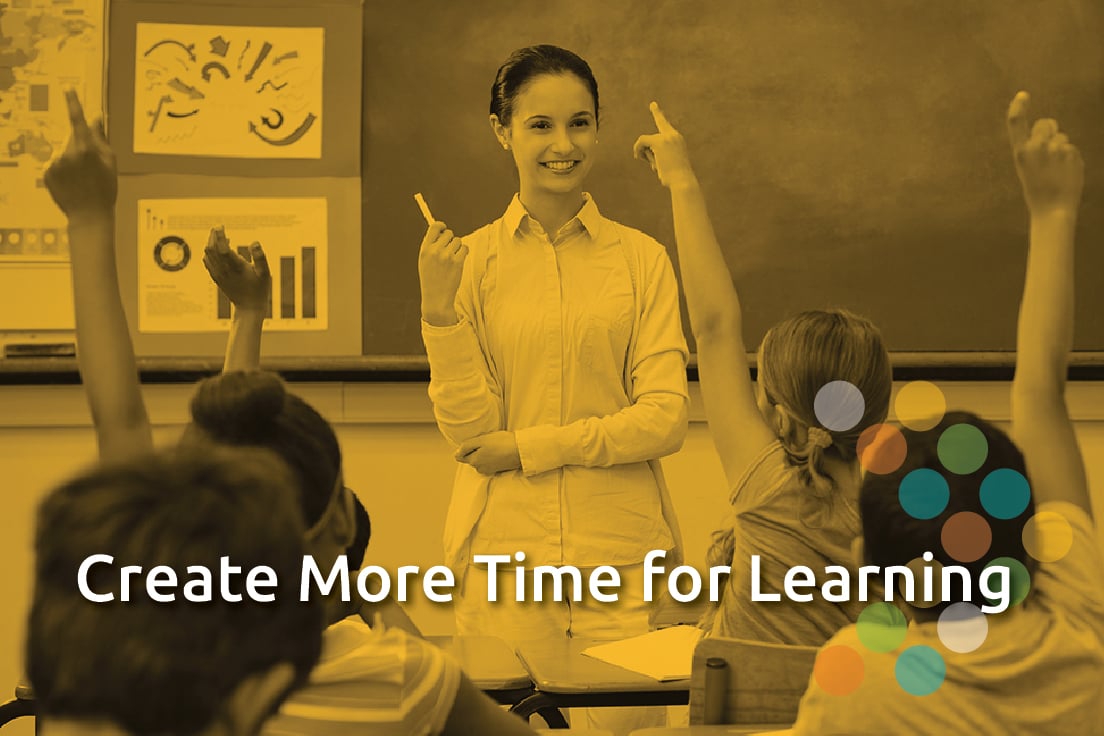By: Rachel Brown, Ph.D., NCSP
Most public school teachers participate in some form of professional development (PD) during each school year. Educator PD activities include efforts to expand teachers’ knowledge and skills related to topics such as content expertise, instructional methods, classroom discipline and assessment. Despite the many different PD activities offered for teachers each school year, not all are uniformly effective. Frustration with the features of some teacher PD activities has been documented in both research and social media (Desimone, 2009; Hill, 2009; Jjwells123, 2016; Wayne, Yoon, Zhu, Cronen, & Garet, 2008). There exists research documenting the features of effective PD for teachers, and this blog will explore why effective PD matters, the features of effective methods, and how to implement it.
Why PD Matters
Professional learning in education is important because of the role that effective instruction plays in student learning outcomes. In one of the most comprehensive reviews of school outcome data ever conducted, Hattie and colleagues (2008) showed that what teachers do in the classroom every day makes the biggest difference in student learning (Hattie, 2008). Despite evidence of the importance of using specific, and documented, effective teaching practices, many PD activities for teachers do not incorporate available research about how to help teachers improve their teaching. Improving PD for teachers appears to be an important pathway for strengthening student learning outcomes, and there are specific steps that school leaders can take to make PD for teachers more effective.
Features of Effective PD
There is research evidence indicating what make PD effective. Desimone (2011) identified five core features that should be included in all teacher PD:
- Content focus on what students will learn;
- Active learning that includes observing and receiving feedback, analyzing student work, or making presentations;
- Coherence of content with other professional development, and with school, district, and state reforms and policies;
- Duration over a semester or school year that includes 20 hours or more of contact time; and
- Collective participation by teachers from the same grade, subject, or school.
Desimone’s list focuses on PD activities that are integrated, continuous, and interactive. As school leaders work to plan this coming school year’s PD activities, attention to the above practices can help that PD be more effective in supporting improved student outcomes.
Implementing Effective PD
In order to implement effective PD, school leaders need to plan ahead to build in the right amount of time for activities. As noted, PD is likely to be the most effective when it allows multiple opportunities for participants to practice over time. In addition to time, PD will work best when it connects with existing practices and teachers can work together to implement their learning. All of these features are simultaneously critical for implementing a multi-tier system of support (MTSS) for students. Next steps include school leader planning meetings. During these meetings an agenda for the PD days needs to be drafted. This agenda should also include goals for the training. When leaders know what knowledge and skills that teachers need to have, it is much easier to plan and implement effective PD. Ideally, school leaders will have a regular schedule of times to consider and plan the PD needed to meet local student learning goals. Often, leaders will have many PD needs and goals and try to achieve them all in one day. But usually, this cannot be done successfully, and teachers will leave frustrated or angry.
Instead of trying to accomplish all PD goals with one or two days in the school year, a larger number of shorter sessions is more likely to be truly helpful to teachers. In this regard it can be helpful to plan in terms of “less is more” for effective PD. In other words, select specific learning goals for teachers for each school year, focus on those carefully and intentionally until they are accomplished. Only then, move on to additional learning goals. By focusing on one or a small number of PD goals each year, and investing in frequent, collaborative, and practice-based teacher learning activities, teachers are more likely to benefit from PD activities in ways that lead to improved student learning outcomes.
References
Avalos, B. (2011). Teacher professional development in teaching and teacher education over ten years. Teaching and Teacher Education, 27, 10-20. doi:10.1016/j.tate.2010.08.007
Desimone, L. M. (2011). A primer on effective professional development. The Phi Delta Kappan, 92(6), 68-71. doi:10.1177/003172171109200616
Dubinsky, J. M., Roehrig, G., & Varma, S. (2013). Infusing neuroscience into teacher professional development. Educational Researcher, 42, 317-329. doi:10.3102/0013189X13499403
Hattie, J. (2008). Visible learning: A synthesis of over 800 meta-analyses relating to achievement. New York: Routledge.
Hill, H. C. (2009). Fixing teacher professional development. The Phi Delta Kappan, 90, 470-476. doi:10.1177/003172170909000705
Jjwells123. (2016, July 6). Faculty professional development clips funny. [Video file]. Retrieved from https://www.youtube.com/watch?v=JZQey8ChJVU
Penuel, W. R., Fishman, B. J., Yamaguchi, R., & Gallagher, L. P. (2007). What makes professional development effective? strategies that foster curriculum implementation. American Educational Research Journal, 44, 921-958. doi:10.3102/0002831207308221
Wayne, A. J., Yoon, K. S., Zhu, P., Cronen, S., & Garet, M. S. (2008). Experimenting with teacher professional development: Motives and methods. Educational Researcher, 37, 469-479. doi:10.3102/0013189X08327154
Dr. Rachel Brown is FastBridge Learning’s Senior Academic Officer. She previously served as Associate Professor of Educational Psychology at the University of Southern Maine. Her research focuses on effective academic assessment and intervention, including multi-tier systems of support, and she has authored several books on Response to Intervention and MTSS.







